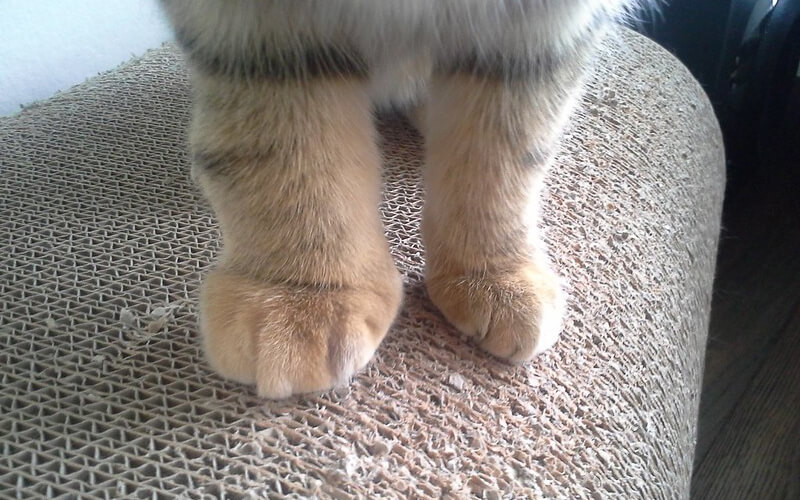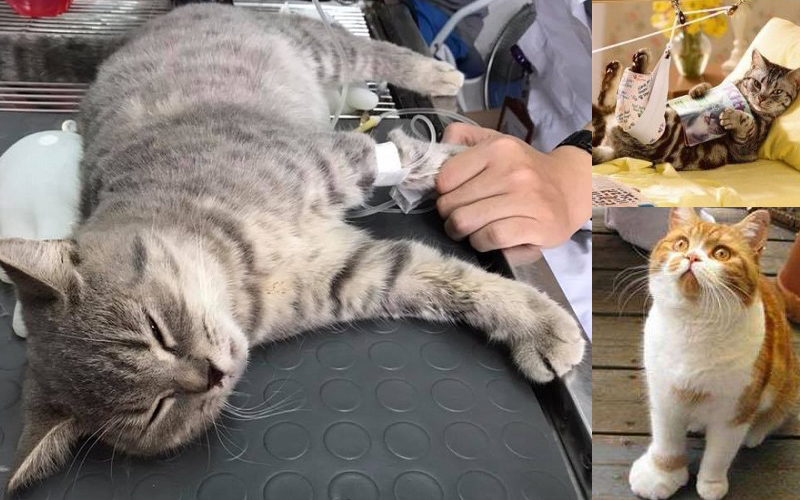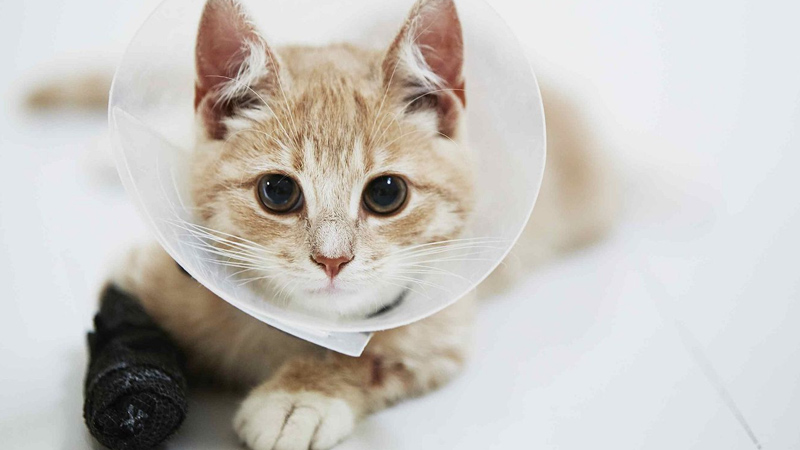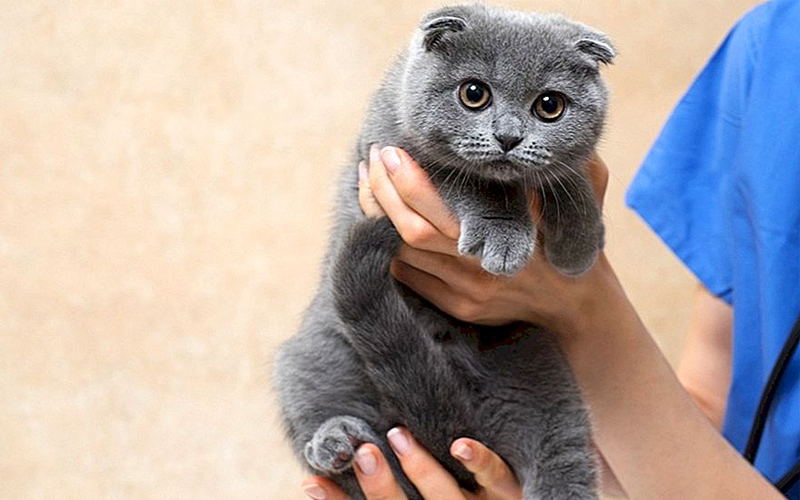Cats are naturally active and playful creatures, so it’s not uncommon for them to experience injuries, especially in their paws. But when their paws become swollen, it can be a cause for concern. So, is it dangerous when a cat’s paw is swollen? And what can you do to treat it? Let’s find out!
1 Why Do Cats Have Swollen Paws?

There are several reasons why your cat’s paw may be swollen, including:
Injuries
Due to their playful nature, cats often sustain injuries from their adventures. Common accidents and their causes include:
Abscesses: Abscesses from bite wounds are common in male cats, especially those that are territorial or seeking a mate. The bacteria in a cat’s mouth can easily form a pocket of pus where they bite each other.
Bone Fractures: This is a more frequent occurrence, usually caused by falling from heights or collisions with people and other animals.
Foreign Objects: A cat’s paw can become swollen due to a puncture from a foreign object, such as a thorn, a small bone, or a piece of broken glass.

Sprains and Strains: When a cat jumps from a height, they may sprain their paw upon landing. The impact puts a lot of pressure on their paws, which act as shock absorbers for their bodies.
Punctures and Lacerations: If a cat accidentally steps on something sharp, these wounds can become inflamed and cause swelling.
Insect Bites and Stings
Bees, wasps, hornets, and fire ants can all leave painful, swollen wounds on your cat’s paws. Additionally, bites from venomous creatures like scorpions and spiders can be dangerous.

Nail Injuries
When a cat’s nails grow too long, they can get caught on things and become twisted or torn, leading to paw swelling.
Paw Inflammation
Several factors can cause paw inflammation and subsequent swelling, including:
- Cancer
- Poor grooming
- Feline leukemia
- Infections caused by fungi, bacteria, or microorganisms
- Environmental pollutants
2 How to Tell If Your Cat’s Paw Is Swollen

Detecting a swollen paw in a cat can be challenging due to their thick fur. However, by observing your cat’s behavior and looking for the following signs, you can identify a potential problem:
- Your cat may lift or favor the injured paw.
- They might walk with a limp or have difficulty moving around.
- Look for any discharge or fluid coming from the paw.
- Pay attention if your cat is constantly licking or biting a particular spot on their paw.
- Notice if they are less active and playful than usual.
- If there is an unusual odor coming from the paw, it could indicate an infection.
3 Treating Your Cat’s Swollen Paw

If you notice any swelling or unusual behavior in your cat’s paw, it’s important to take them to a veterinarian as soon as possible for proper diagnosis and treatment. Avoid attempting any home remedies, as this could worsen the condition and put your cat’s life at risk.
Always follow the veterinarian’s instructions and keep a close eye on your cat during their recovery. With proper care and attention, your furry friend will be back to their adventurous self in no time!
We hope this information helps you understand the potential causes of swollen paws in cats and how to care for them. Remember to always seek professional advice if you have any concerns about your cat’s health.
You may also like:
Shop for your cat’s favorite food here:

































